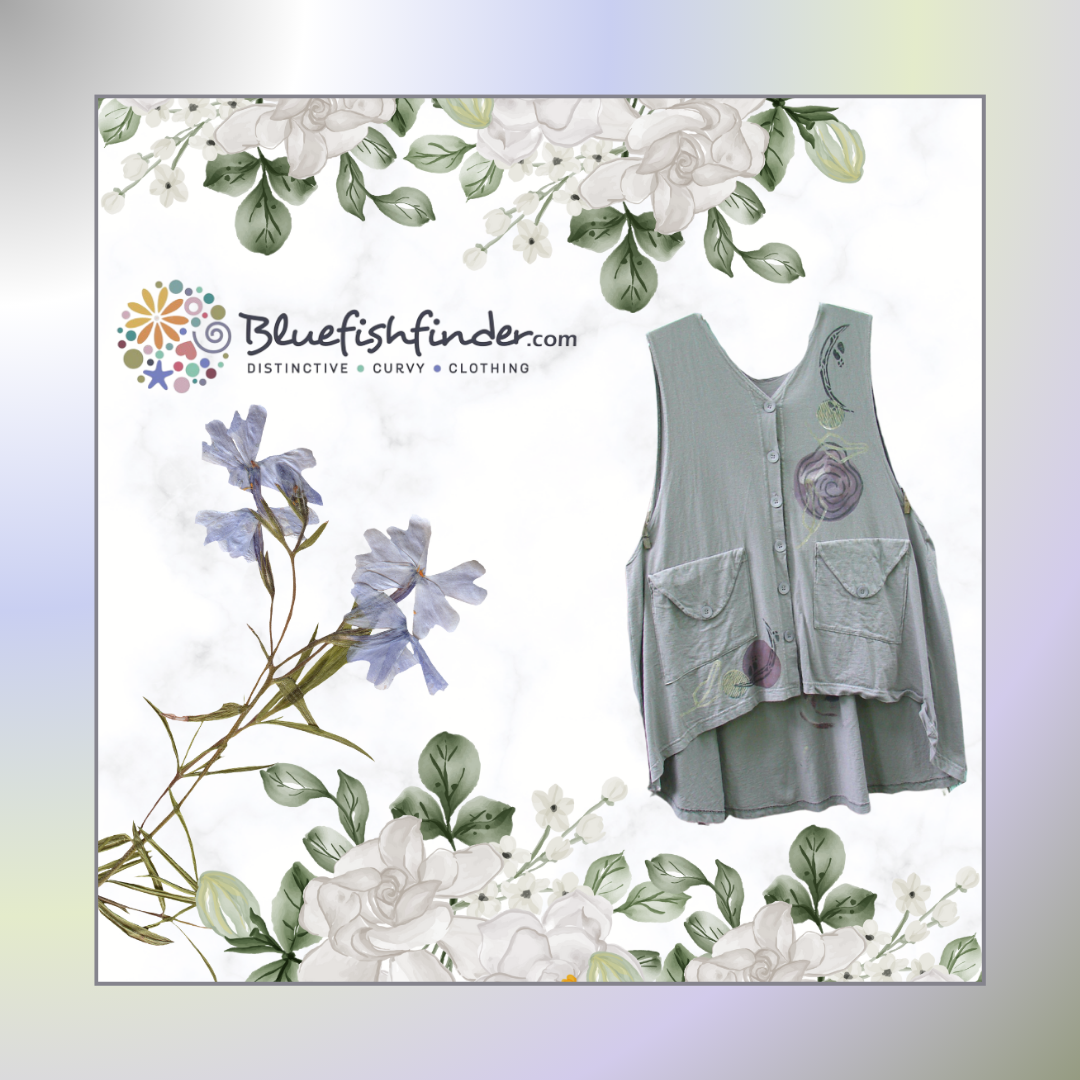Blue Fish Clothing 1997 – Wholesale Line Sheets
“We are all beautiful when we believe in ourselves.” ~Excerpt from the 1997 Fall Catalog
Blue Fish raised about 3 million dollars through a direct public offering. The influx of money was spent poorly and exceeded the 3 million dollars raised. A tremendous sum of money was spent on outside consultants. The oversized and poorly located SoHo store; the hiring of a high-end national sales manager, who required a personal company vehicle, and a $5,000 custom made desk; high turnover in sales, production, and management; and the purchase of a ridiculously over-priced software system for wholesale and production tracking were all decisions based on the recommendations of the consultant groups. The short and the long of it is that ‘heads swelled’ and the company got ‘too big for its britches.’
A new computer system meant new style numbers! In the fall of 1997, Blue Fish switched to a 9-digit style number. The first 3 digits represented the pattern number, carried over from previous years where appropriate. The fourth digit represented the season code, numerical as before, so that 5 and 6 were the fall deliveries, and 7 and 8 were the holiday deliveries; however, a “C” was added for the fall basic line, which shipped over both fall deliveries, and a “D” for the holiday basic line, which was shipped over both holiday/winter deliveries. A season code of 0 was added for the Voyager line, which was resort. The fifth digit represented the year, for example 7 for 1997. The sixth and seventh digits together represented the fabrication. “OJ” is organic jersey, “CC” is cotton cashmere, “DN” is denim, etc. The eighth digit represented the technique – as before a” P” for printed, an “S” for solid, or a “T” for patched. The ninth and final digit was the “F” that no one really understood, still hanging on from the prior system. Occasionally a “B” is seen in this spot indicating it is a basic style, or not part of the collection, or an “N” for a Nordstrom or a Neiman Marcus special, an “S” for a special project, a “D” (much later) for a discount line (like a special production for F&F), or more common, the “R” for retail only line.
Jeff Haims, who worked previously with the company as a member of the Apparel Resource Group, took on the role of Men’s Designer and designed a fabulous men’s line, which made it to market, but never succeeding for numerous reasons. In fall of 1997, a toned down men’s retail product development line was released. It was exceptional, but had a high price point that made it unpopular in the store. Some treasured main blocks featured in this line would rarely show up again – a motorcycle, airplane, and an unusual fish among them. A second small retail product development line for men also appeared in the catalog of spring of 1998.


: invalid url input -->)